Foreign Currency
It occurred to me recently that we don’t use foreign money anymore.
I’m talking about where I grew up, not where I live now. We were about 200 miles from the Canadian border, and there was a lot of trucking between Montreal and NYC, so I suspect that—along with general international interaction—brought a bit a cross-contamination where currency was concerned. As a result, Canadian money was not unusual. In fact, it was so common, we used it like normal, US money.
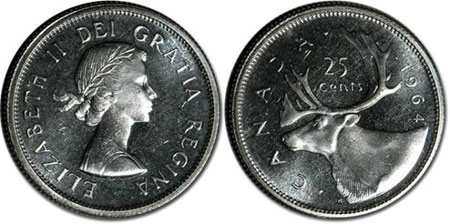
I don’t recall any paper bills, (actually, I don’t recall having any US paper bills, either; I was 10 and I didn’t routinely walk around with large amounts of money) but dimes, nickels and especially quarters were so common that the local stores accepted them, at a 10% discount.
Somewhere along the line, this stopped happening.
I believe the practice extended into my late teenage years because of a trip to Mexico I went on in 1973. We had left Mexico but were still close to the border when we stopped at a roadside café. I bought a Coke or something and found I didn’t have enough money to pay for it. I had some leftover Mexican Pesos with me, however, and as a joke, offered them to the old man behind the counter. And he said he’d take them. I was surprised, but then realized it was no different from us in NY accepting Canadian currency. (I didn’t use them; I borrowed some money and kept the Mexican money as a souvenir.)
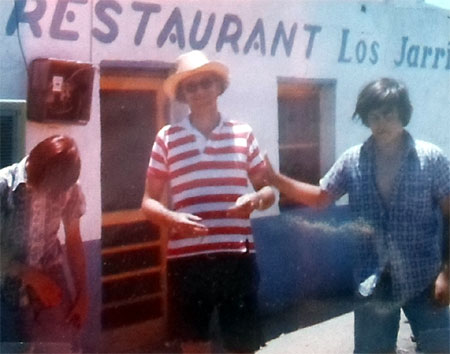
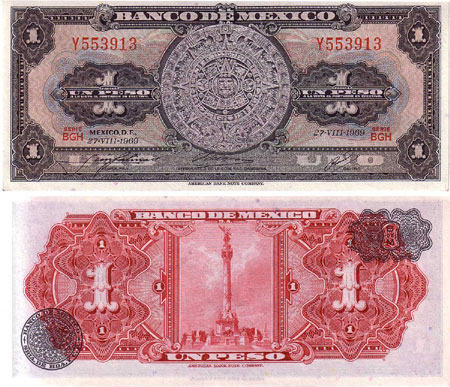
So, this was still going on in the early 1970s, at least, but I don’t recall seeing much Canadian money as I approached my 30s, and in my later time in the US, it was all but forgotten.
Here, like in the US, there is another country just to the north of us. That country has different currency, as well, despite it being part of the same, sort of, country. Scotland—one of the four countries that makes up the United Kingdom—is a country within a country, and it has its own currency, which is very similar to the currency we use in England, and should—seeing as how we are all one big, happy family of countries—be accepted without question in the shops, cafés, and supermarkets of England. Except it isn’t, which is a huge bone of contention with the Scots, who claim it is “Legal Tender.”
I had a brief look into this just now. Brief, because I can’t be arsed, and “just now” because the issue doesn’t really affect me. But, apparently, the indignant Scots are wrong: Scottish money is not legal tender, in England, or even in Scotland. Legal Tender is a lawyerly term concerning the repayment of debts, so even English notes don’t qualify as Legal Tender.
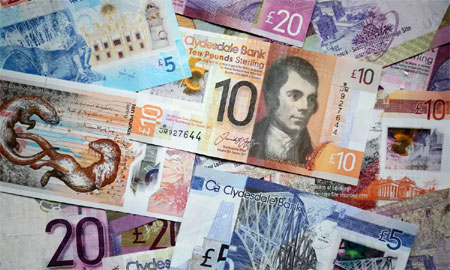
On the other hand, shops not accepting them here? There’s nothing you can do about that, either. It is perfectly legal for a shop owner to decide to reject certain currencies. So, it’s not that England doesn’t accept Scottish money, it’s that individual shops decide, on an ad hoc basis, to accept them or not.
Conversely, it is also perfectly legal for them to accept other sorts of currency—Euros, US dollars, or Pokémon cards, which has given rise to the quaint custom of certain villages printing their own money. They can only be used in the shops in that town that agree to accept them, but it is a marvelous custom.
And this brings me back to the 1960s and 70s and my using Canadian money as if it was minted in the US. It was done simply because the people, at that time, decided it was okay to do it. Then they decided it wasn’t. And that was the end of that.
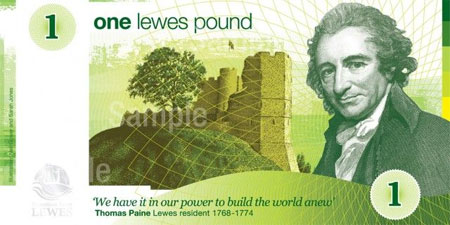
To be fair, converting from US to CN dollars isn’t the simple 10% discount that it used to be. In this fast-paced world, the exchange rates are updated in real time so accepting foreign currency is a bit more complicated (as I post this, the exchange rate is 0.78293 Canadian dollars to US dollars; yesterday it was 0.784196) and that’s okay, because if it was easy, and still being done, it wouldn’t be nostalgic.